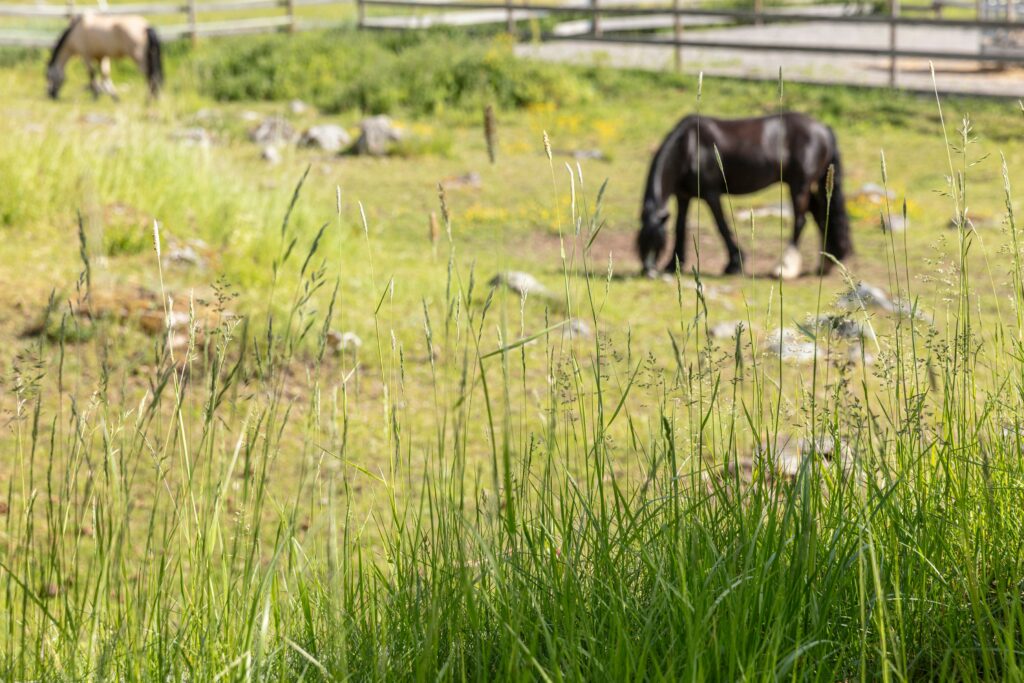What is Circular Economy?
Uncategorized

Circular economy is a concept aimed at minimizing waste and maximizing the use of resources by keeping products and materials in circulation for as long as possible. This contrasts with the traditional linear economy, where we extract resources, manufacture products, use them, and then discard them. In a circular economy, products are designed to be recyclable, repairable, and durable, reducing both waste and resource consumption.
The Core Principles of Circular Economy
Circular economy is based on three main principles:
- Eliminate Waste and Pollution: Products are designed from the start to minimize environmental impact.
- Keep Products and Materials in Use: Extend product lifecycles through reuse, repair, and recycling.
- Regenerate Natural Systems: Contribute positively to ecosystems through sustainable and regenerative practices.
The Benefits of Circular Economy
A circular economy offers several advantages:
- Reduced Emissions: Lower resource consumption leads to reduced carbon emissions.
- New Jobs: Employment opportunities arise in recycling, repair, and other circular industries.
- Economic Growth: Businesses can increase their competitiveness and save costs by adopting circular business models.
How Companies Can Adapt
Companies can contribute by:
- Designing for Circularity: Create products that are easy to disassemble and recycle.
- Offering Services Instead of Products: Shift to business models where products are rented or leased.
- Collaborating in the Value Chain: Work with suppliers and customers to create circular solutions.
Recipo’s Role
Recipo promotes the circular economy by recycling and managing electronic waste, which reduces environmental impact and supports sustainable development.